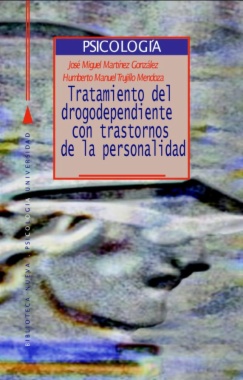
Estás filtrando por
Se encontraron 737 resultados en recursos

Compartir este contenido
Tratamiento del drogodependiente con trastornos de la personalidad
Copia el enlace o compártelo en redes sociales

¿Se puede prevenir el sida?
Compartir este contenido
¿Se puede prevenir el sida?
Copia el enlace o compártelo en redes sociales
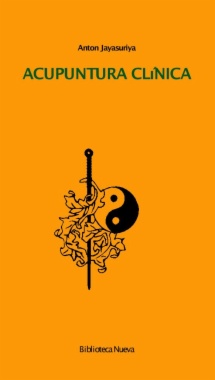
Acupuntura clínica
Compartir este contenido
Acupuntura clínica
Copia el enlace o compártelo en redes sociales
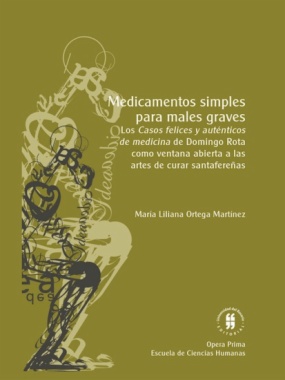
Medicamentos simples para males graves
Compartir este contenido
Medicamentos simples para males graves
Copia el enlace o compártelo en redes sociales
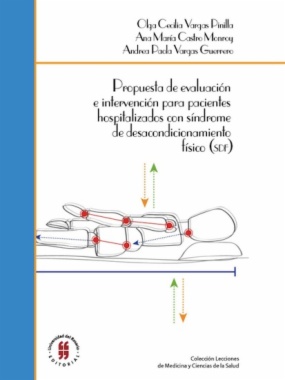
Propuesta de evaluación e intervención para pacientes hospitalizados con síndrome de desacondicionamiento físico (SDF)
Compartir este contenido
Propuesta de evaluación e intervención para pacientes hospitalizados con síndrome de desacondicionamiento físico (SDF)
Copia el enlace o compártelo en redes sociales

Como ser esclerótica y no morir en el intento
Compartir este contenido
Como ser esclerótica y no morir en el intento
Copia el enlace o compártelo en redes sociales
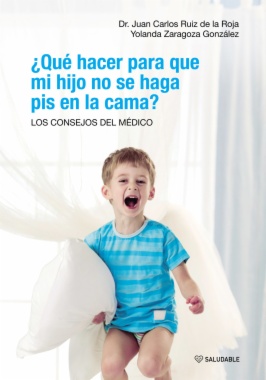
¿Qué hacer para que mi hijo no se haga pis en la cama?
Compartir este contenido
¿Qué hacer para que mi hijo no se haga pis en la cama?
Copia el enlace o compártelo en redes sociales
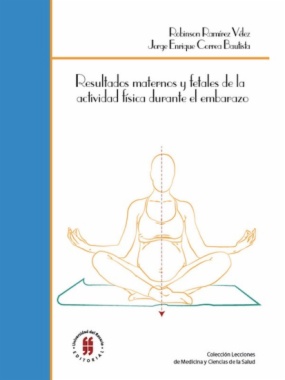
Resultados maternos y fetales de la actividad física durante el embarazo
Compartir este contenido
Resultados maternos y fetales de la actividad física durante el embarazo
Copia el enlace o compártelo en redes sociales
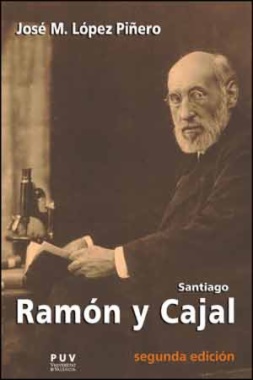
Santiago Ramón y Cajal
Compartir este contenido
Santiago Ramón y Cajal
Copia el enlace o compártelo en redes sociales
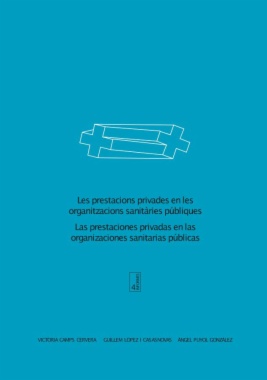
Las prestaciones privadas en las organizaciones sanitarias públicas
Compartir este contenido
Las prestaciones privadas en las organizaciones sanitarias públicas
Copia el enlace o compártelo en redes sociales
Selecciona las Colecciones en las que vas a añadir el contenido
Para consultar los contenidos añadidos busca la opción Tus colecciones en el menú principal o en Mi perfil.
